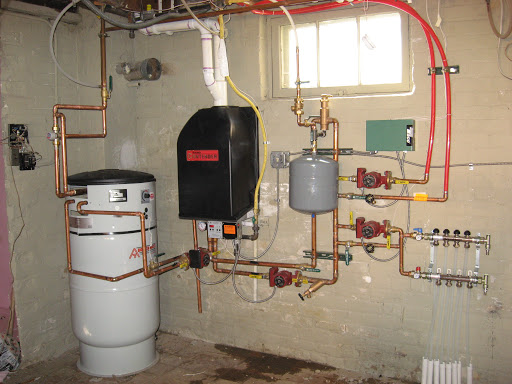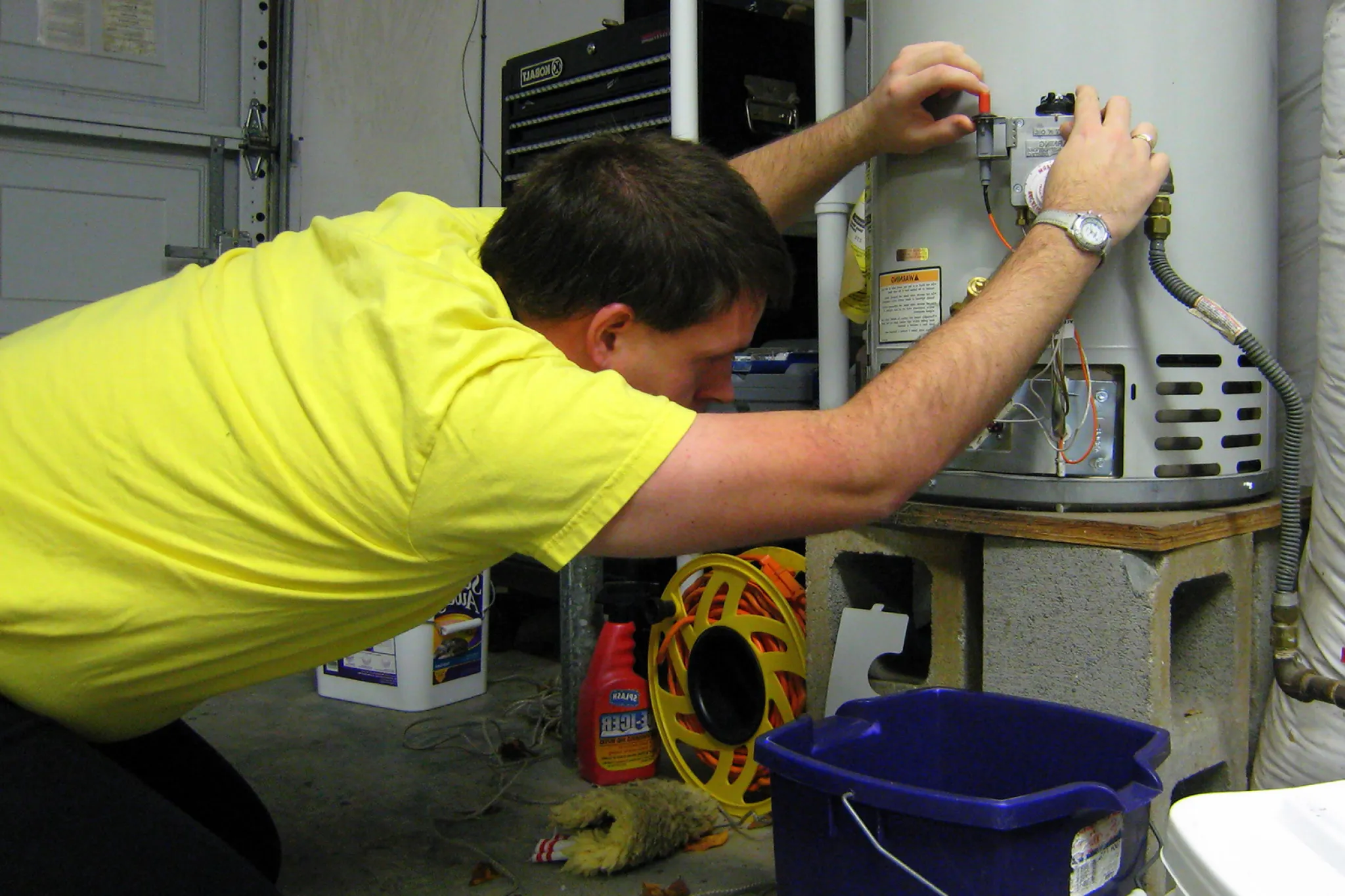Tips on How to Keep Your Home's Hot Water System Functioning WellImportant Care Techniques for Your Home's Hot Water System
Tips on How to Keep Your Home's Hot Water System Functioning WellImportant Care Techniques for Your Home's Hot Water System
Blog Article
We've stumbled on this post relating to Tips on Maintaining a Water Heater listed below on the internet and figured it made sense to discuss it with you in this article.

Warm water is vital for day-to-day comfort, whether it's for a revitalizing shower or washing recipes. To ensure your warm water system runs efficiently and lasts much longer, routine maintenance is vital. This article offers functional pointers and insights on exactly how to preserve your home's warm water system to avoid disruptions and pricey repair work.
Intro
Maintaining your home's warm water system could seem complicated, but with a few basic steps, you can guarantee it runs efficiently for years ahead. This overview covers everything from understanding your hot water system to DIY upkeep ideas and recognizing when to call in professional aid.
Significance of Preserving Your Warm Water System
Normal upkeep not only expands the life-span of your hot water system however likewise guarantees it runs efficiently. Overlooking upkeep can bring about decreased efficiency, higher power expenses, and also premature failure of the system.
Indications Your Warm Water System Demands Upkeep
Knowing when your hot water system needs interest can stop significant concerns. Watch out for indications such as irregular water temperature level, odd sounds from the heater, or rusty water.
Flushing the Water Heater
Purging your water heater removes debris build-up, boosting effectiveness and extending its life.
Checking and Replacing Anode Rods
Anode rods protect against deterioration inside the container. Checking and replacing them when worn is crucial.
Facility Concerns Needing Expert Help
Examples consist of significant leaks, electrical troubles, or if your hot water heater is regularly underperforming.
Routine Specialist Upkeep Advantages
Professional upkeep can include thorough inspections, tune-ups, and making certain compliance with safety criteria.
Examining and Adjusting Temperature Level Setups
Adjusting the temperature level settings ensures optimum performance and safety.
Do It Yourself Tips for Maintenance
You can do a number of maintenance jobs on your own to maintain your hot water system in leading condition.
Looking for Leaks
Routinely evaluate pipes and connections for leakages, as these can lead to water damages and higher bills.
Recognizing Your Hot Water System
Prior to diving into upkeep tasks, it's useful to recognize the fundamental components of your warm water system. Typically, this consists of the water heater itself, pipelines, anode rods, and temperature level controls.
Monthly Upkeep Tasks
Regular regular monthly checks can help capture small issues prior to they intensify.
Examining Pressure Alleviation Valves
Evaluating the stress safety valve guarantees it functions properly and prevents extreme stress buildup.
Shielding Pipes
Insulating hot water pipes lowers warm loss and can conserve energy.
When to Call a Specialist
While DIY upkeep is advantageous, some concerns need professional know-how.
Verdict
Routine upkeep of your home's hot water system is crucial for effectiveness, longevity, and cost savings. By complying with these tips and understanding when to seek specialist assistance, you can make certain a reputable supply of warm water without unanticipated interruptions.
Water Heater Maintenance: The Basics
Maintaining your water heater will ensure it operates efficiently and has a longer lifespan. Neglecting regular maintenance can lead to costly repairs and an even bigger chunk of your savings if you have to replace it sooner than necessary. But there’s good news: Most water heater maintenance tasks are relatively simple and easy for homeowners with basic DIY skills.
Flush the Water Heater
Over time, sediment and minerals can build up in the tank, reducing its efficiency and potentially causing damage. To flush the tank, turn off the power or gas supply, attach a hose to the drain valve near the bottom and open the valve to drain the water until it runs clear. Ideally, flush the tank annually.
Replace the Anode Rod
The anode rod is a sacrificial metal rod that helps prevent corrosion inside the tank. Inspect and replace it every three to five years or per the manufacturer's recommendation. To replace the anode rod, turn off the power or gas supply, drain a few gallons of water from the tank, unscrew the old rod and replace it with a new one. If the anode rod is significantly corroded or covered in calcium buildup, it's a sign the water heater may need to be replaced soon.
Tune-Up
A yearly tune-up can help identify potential issues and ensure your water heater operates at peak efficiency. This typically involves checking the thermostat, burner assembly (for gas heaters) and any other components specified by the manufacturer. During a tune-up, the technician may also clean the burner and adjust the pilot light (for gas heaters) or examine the heating elements (for electric heaters).
How to Maintain Your Water Heater
Insulate the tank. Insulating the tank can improve energy efficiency and reduce heat loss, saving you money on energy bills. You can purchase precut insulation blankets designed specifically for water heaters or use standard fiberglass insulation wrapped securely around the tank. Check the temperature. The recommended water temperature for most households is around 120 degrees Fahrenheit (49 degrees Celsius). Higher temperatures can increase energy costs and potentially cause scalding. Use a kitchen thermometer to check the temperature at the faucet nearest the water heater. Monitor water pressure. Excessive water pressure can strain the water heater and cause leaks or even tank failure. Install a pressure-reducing valve if necessary. The ideal water pressure range is between 60 and 70 PSI (pounds per square inch). Test the temperature and pressure (T&P) relief valve. The T&P relief valve is a safety feature that releases pressure if the tank gets too hot or the pressure builds up too high. Test it annually by lifting the lever and allowing a small amount of water to release. Replace the valve if it doesn't release water or reseal properly. Check for leaks. Regularly inspect the tank, pipes and fittings for leaks or corrosion. Deal with issues promptly to prevent further damage. Even a small leak can lead to significant water damage over time. Consider a tankless water heater. If your traditional tank-style water heater is nearing the end of its lifespan ( typically 10 years), consider replacing it with a tankless water heater. These units heat water on demand, reducing standby energy losses and potentially saving you money on your energy bills. Schedule professional maintenance. While homeowners can perform many water heater maintenance tasks, it's still a good idea to schedule professional maintenance every few years. A plumber or HVAC technician can thoroughly inspect the unit, identify potential issues and ensure it operates safely and efficiently. https://www.homeserve.com/en-us/blog/home-improvement/hot-water-heater-maintanence/

We were shown that write-up about How to Maintain a Hot Water Heater in a Few Simple Steps from a good friend on a different web blog. Appreciated our blog posting? Please quickly share it. Help another person check it out. Thanks for your time. Please check up our website back soon.
Click Here Report this page